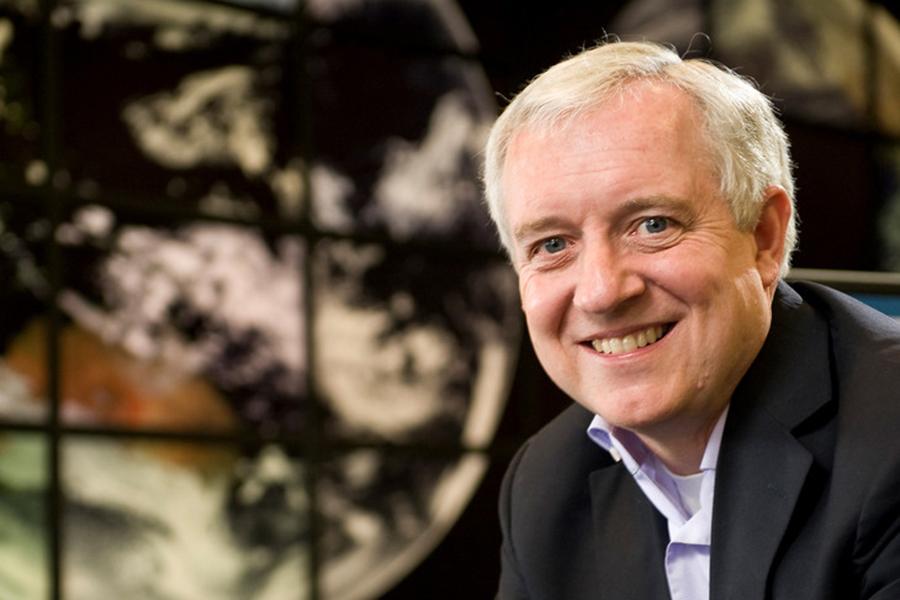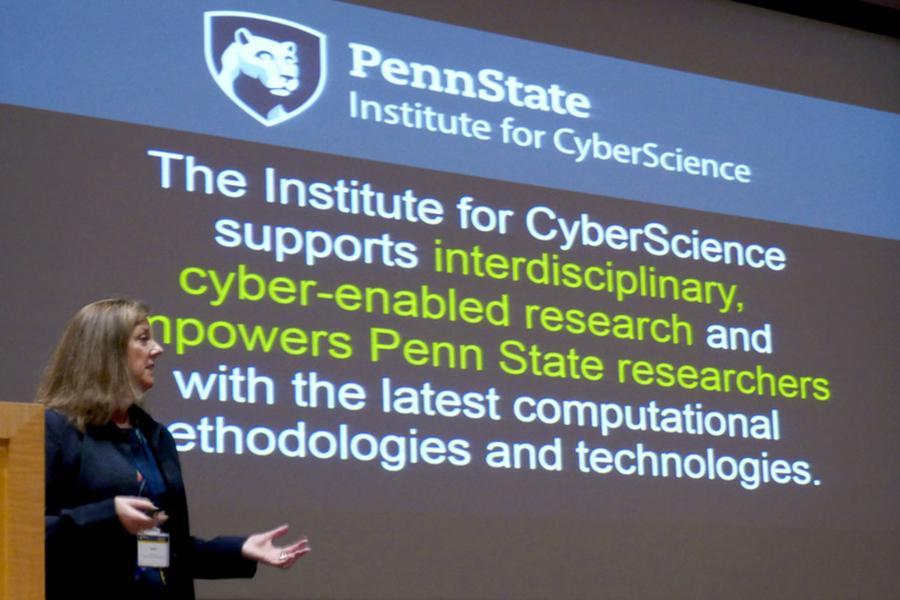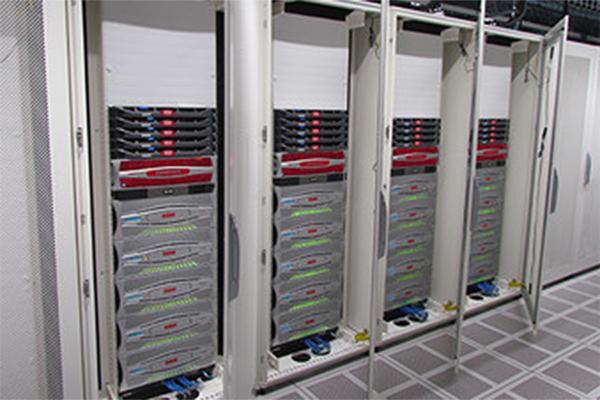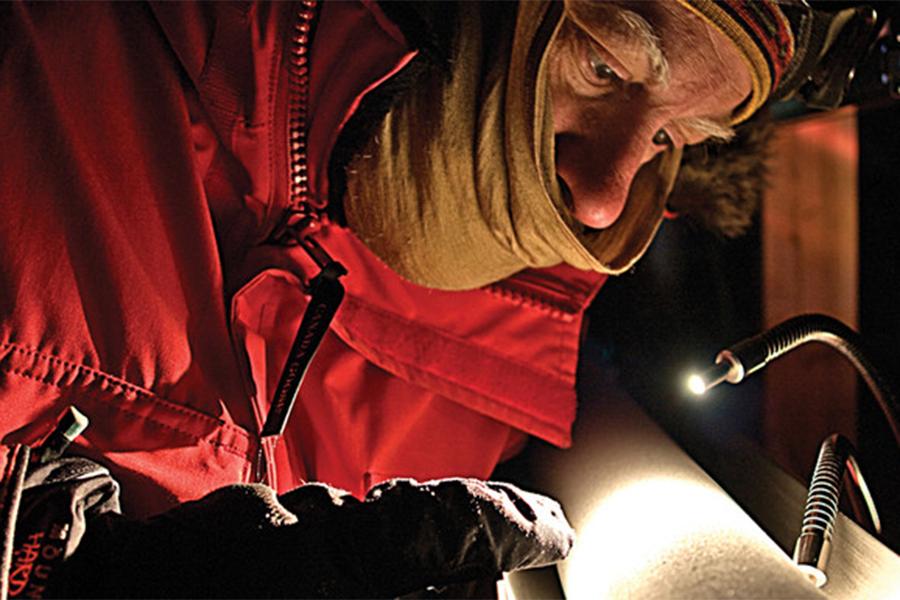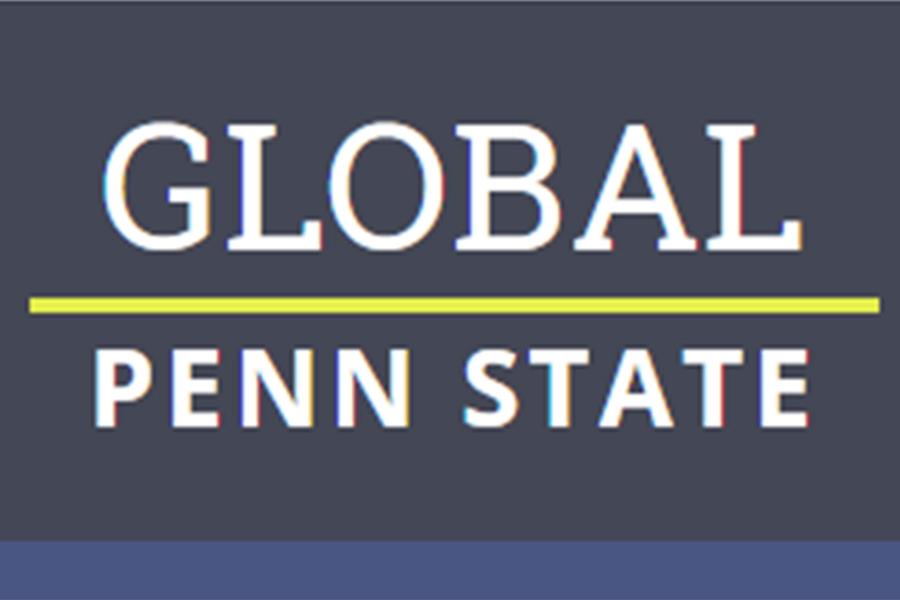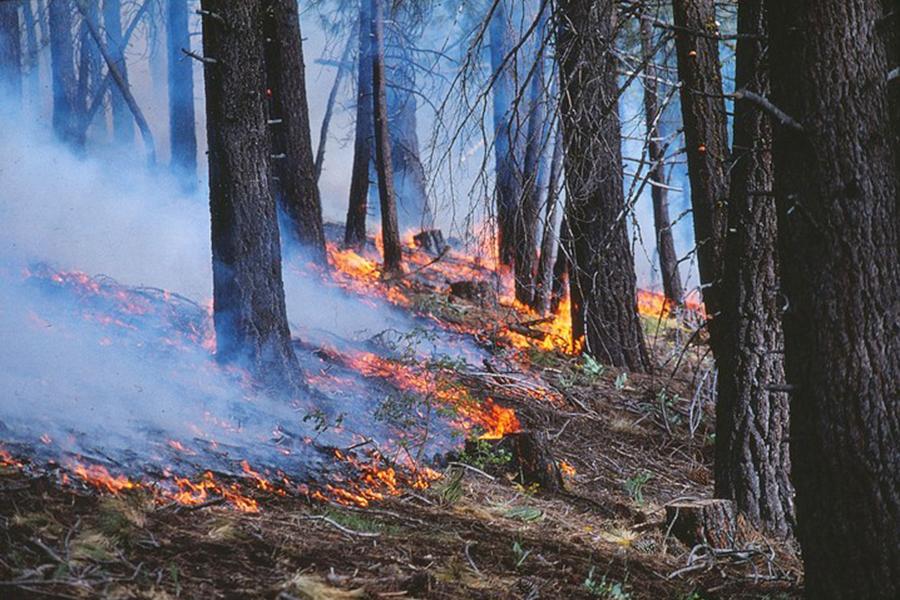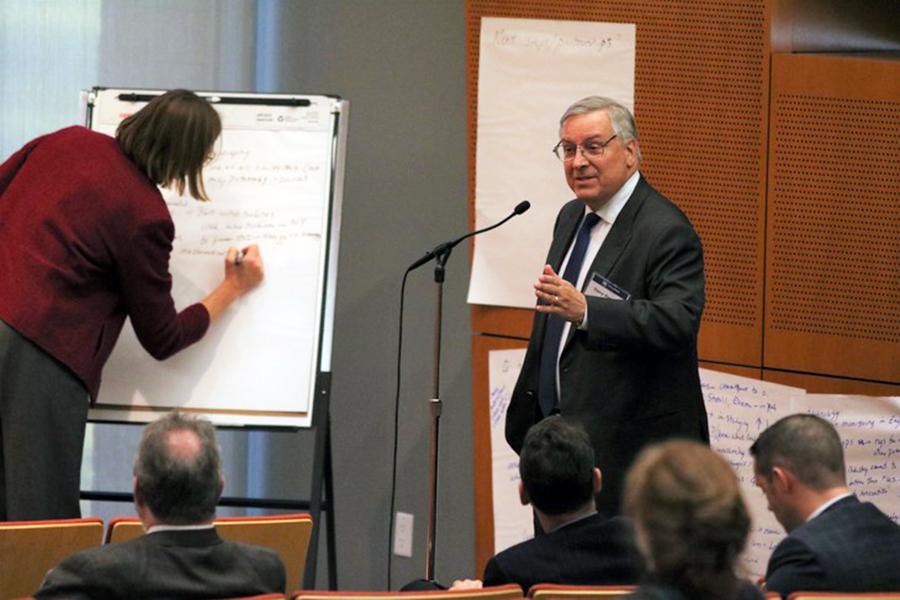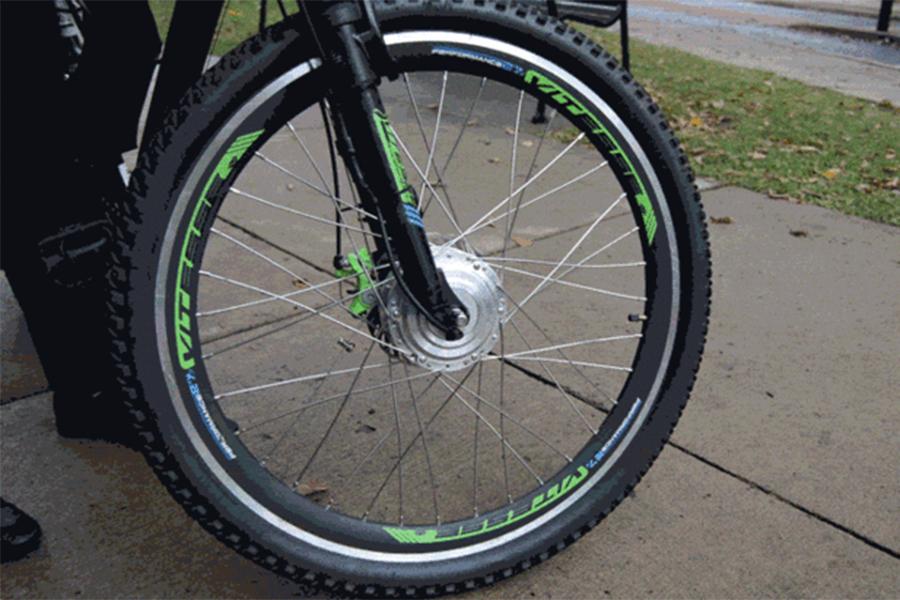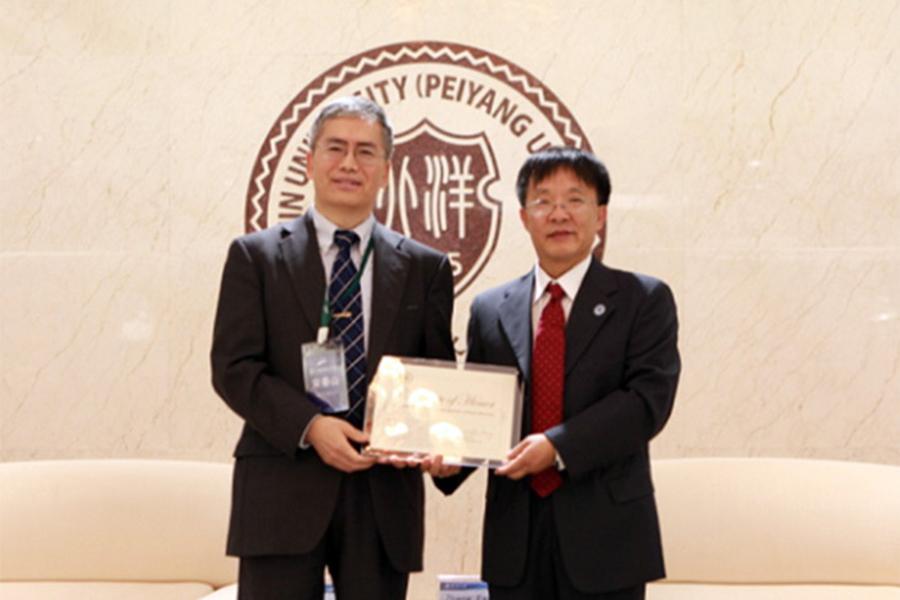Read the latest news about research conducted by investigators in the College of Earth and Mineral Sciences. Our faculty and students are continually advancing technology, creating solutions and expanding knowledge with new and innovative research.
News
David W. Titley, professor of practice in meteorology, professor of international affairs, founding director of the Center for Solutions to Weather and Climate Risk, Penn State and retired rear admiral, U.S. Navy, was appointed chairman of the advisory committee for the National Academies' new Climate Communications Initiative.
The Institute for CyberScience will bring two acclaimed researchers to Penn State in spring 2018 through the ICS Distinguished Visiting Researcher Program. The program provides funding for accomplished scholars in computational science fields to visit, deliver seminars, meet students, and discuss potential collaborations with Penn State faculty.
Too much of a good thing. That’s the situation many scientists face in this age of Big Data. Thanks to a new data center at Penn State, researchers can now analyze huge amounts of information and complex models that were grindingly slow or impossible to handle before.
Long-time research associate for Penn State’s Ice and Climate Exploration group looks back on a career spent in Antarctica running field research operations, navigating extreme weather conditions and finding beauty in remote territory.
Twice a year, Global Programs solicits applications for international travel from faculty and graduate students. Based on the review committees’ evaluations and recommendations, 30 applicants were selected for funding support. The awardees will travel to 19 countries on four continents.
John Mauro used the composition of glass found in the windows of London's Westminster Abbey to determine the glass's flow to a liquid is much faster than previously thought but still too slow to account for the windows being thicker at the bottom.
Controlled burning of forestland helped limit the severity of one of California's largest wildfires, according to Penn State geographers.
Representatives from the state and federal government, the energy industry, environmental groups, and numerous Penn State colleges and campuses came together at Penn State on Nov. 29 for a conference on “Regulatory Approaches to Methane and Other Air Emissions from Unconventional Oil and Gas Operations.”
A group of Penn State students is getting charged up by Project BYOB, or "Bring Your Own Bike," a student-driven initiative that is working to create an environmentally friendly transportation system by converting standard bicycles to electric.
Chunshan Song, distinguished professor of fuel science in the College of Earth and Mineral Sciences (EMS) and director of the EMS Energy Institute, was named an honorary professor by Tianjin University in China. He also was selected as a Global Alumni Fellow by Osaka University in Japan.



